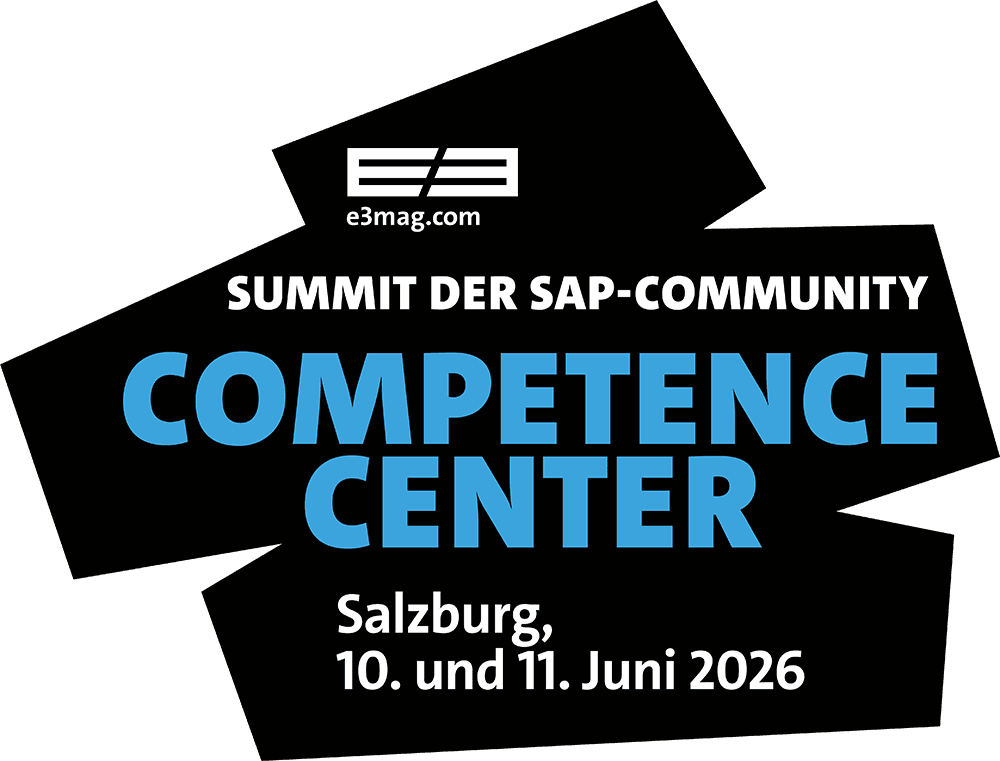

The importance of intelligent virtual assistants is increasing in the enterprise. Experts see them as a key element of the future of work due to the huge competitive advantages they grant. Gartner expects 25 percent of digital workers to use a virtual assistant as part of their daily routine by 2021. In 2019, only two percent did.
Automate simple tasks
There are currently no enterprise-grade virtual assistants comparable to Amazon’s Alexa or Apple’s Siri. The combination of two types of bots is key here: specialized Conversational Artificial Intelligence (CAI) bots and Robotic Process Automation (RPA) bots. Both bot types are being used by enterprise customers to automate simple, repetitive tasks and requests, but their functionality differs. CAI serves as a simplified user interface, offering centralized access to various applications while allowing users to communicate in natural language. CAI bots are not only used as FAQ bots with simple question-and-answer functions, but also as information bots. For example, procurers can use them to find out the status of their orders.

RPA bots are primarily used to automate simple or repetitive work. They partially or completely automate tasks that human users had to do manually before. Examples include master data uploads in SAP Ariba, posting invoices from external applications like Excel or Outlook, and serving as alternative interfaces to external systems.
Leveraging intelligent bots grants numerous competitive advantages, primarily significant time savings due to higher processing speed. Furthermore, bots can be used around the clock and increase data and process quality because they are not prone to making errors or forgetting tasks and steps like their human counterparts. They are flexibly scalable and can be copied if necessary. Moreover, employees can focus on tasks that really matter and add value to the enterprise, which not only increases motivation and morale but also means financial benefits for the company.
Potential for procurement processes
SAP-based procurement already utilizes simpler types of bots for repetitive tasks like the search for suppliers or approval processes. In the future, bots will have a high appeal on the transactional and digital side of procurement processes and will gain exponential growth with the advent of cognitive and machine learning tools. If RPA and CAI bots are combined to an Enterprise Assistant, their functionality spans the entire procurement process. The sourcing process serves as an example.
PR Processing Bot (RPA): This bot processes and checks incoming purchase requisitions for material group, accounting, and supplier. If no suitable supplier can be found, the bot automatically creates tenders and sends them to select suppliers.
Negotiation Bot (CAI): The negotiation bot is a chatbot that guides suppliers through the tender preparation. The negotiating component stems from the implementation of different negotiation strategies.
Awarding Bot (RPA): This bot compares all incoming offers, allocates award based on previously defined rules, and creates a follow-up document.

Combined to an Enterprise Assistant (EA), these three bots can completely automate the entire sourcing process. Every bot is responsible for only one process step, with other bots covering subsequent tasks. Because the boundaries between the three bots are fluid, continuous, seamless automation is guaranteed. Companies can use different machine learning (ML) algorithms as additional ‘fuel’ for the bots. For example, if the PR Processing bot has to find the material group in texts, it calls up a suitable algorithm to tackle the challenge. The algorithm suggests a material group based on historical purchase requisitions. Because ML algorithms learn with every new data set—in this case, with every new purchase requisition—the whole process only becomes more effective over time.
Apsolut is involved in the development of Enterprise Assistants (EA) specifically for SAP-based purchasing and can draw on an extensive use case library for RPA and CAI bots for this purpose. Although the existing use cases can be implemented with all common technologies, it is recommended for customers to also rely on the corresponding SAP CAI and SAP RPA products due to the native SAP integration.
Apsolut has already implemented solutions for typical standard use cases, such as master data uploads, using these two techniques. For this purpose, SAP's existing customers have access to smaller prefabricated solution modules that can be integrated directly into the SAP purchasing environment. However, if purchasing organizations want to achieve higher efficiency gains and use the bots to simplify complex core processes, solutions must be developed in the form of customized Enterprise Assistants. This requires structured implementation projects that are accompanied and supported with a holistic consulting approach.

Project kick-off with process analysis
RPA, CAI and AI/ML implementation projects do not focus on technology, but rather on well-defined procurement processes. Consequently, analyzing processes should always be the first step. The goal is to uncover optimization potential in processes as well as ideal starting points for the use of bots. The requirements for individual bots can be recorded in a user story and used to build backlogs. At the same time, alternative solutions are evaluated: A bot should not be implemented only to have implemented a bot.
For quick scaling, an agile approach, for example Scrum, should be used to create the bots. Experience shows that bots can be developed relatively quickly, making them ideal development objects in sprints. CAI bots should have one consistent personality, meaning that they should communicate in the same way. Companies should therefore consider which language, reactions, and behavioral patterns they wish to use. This adds to the user impression of one seamless virtual assistant.
The next step is the design and development phase. To add business value, a certain number of bots have to be combined, harmonized, and seamlessly interconnected. Depending on user requirements, companies can leverage the preconfigured building blocks in Apsolut’s use case library, but they usually have to be adapted to customer specifications. Some cases require the development of completely new bots.
RPA and CAI bots automate simple, repetitive routine tasks in SAP procurement securely, quickly, and without changing any existing applications. Combined to an innovative Enterprise Assistant, bots are a foundational building block for digital transformation in procurement, advancing Procurement 4.0 which is said to be essential to future enterprise success.






